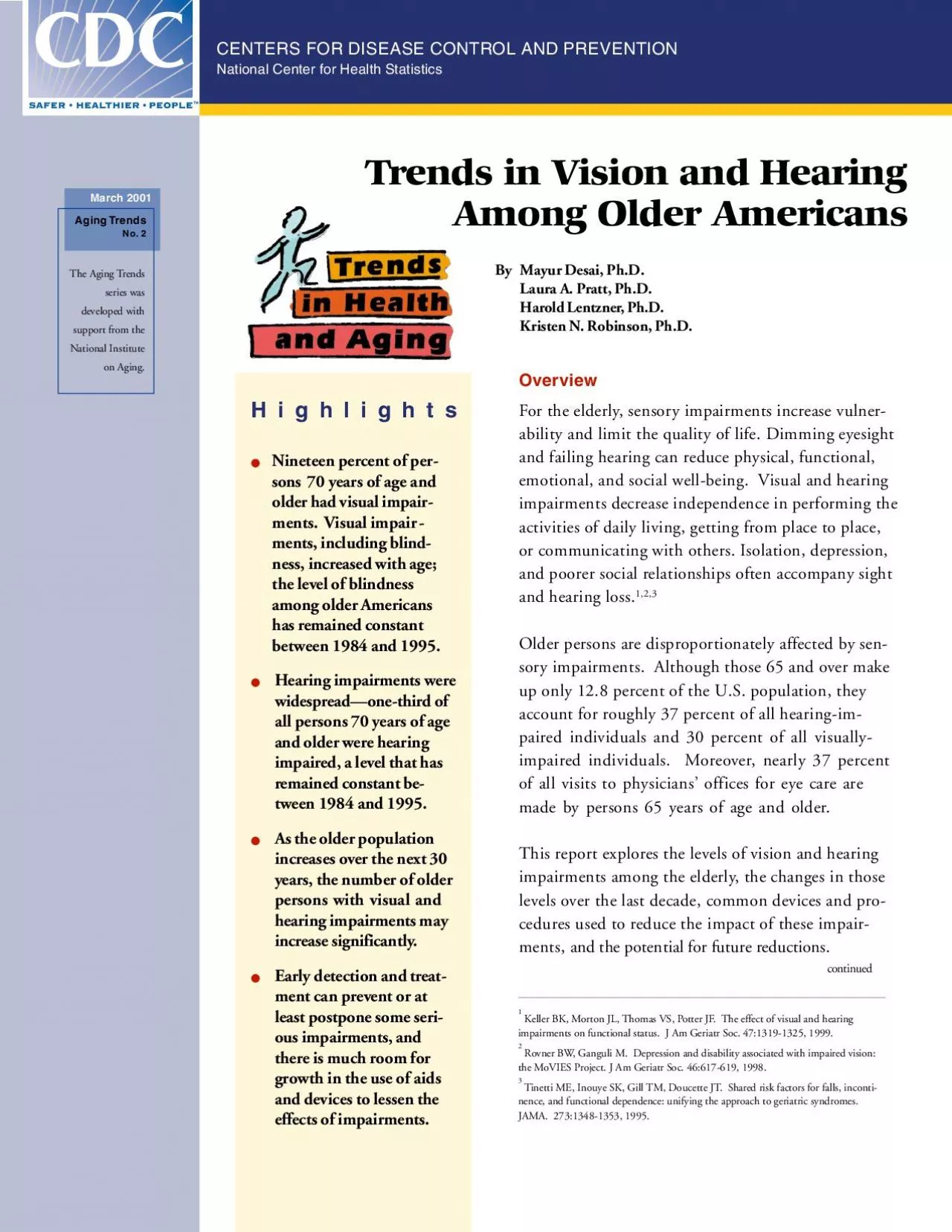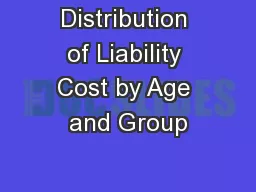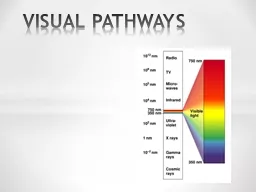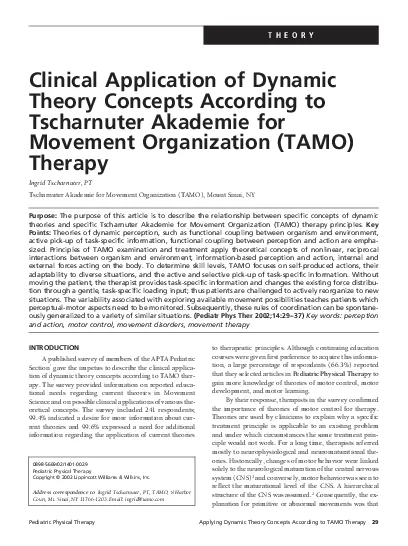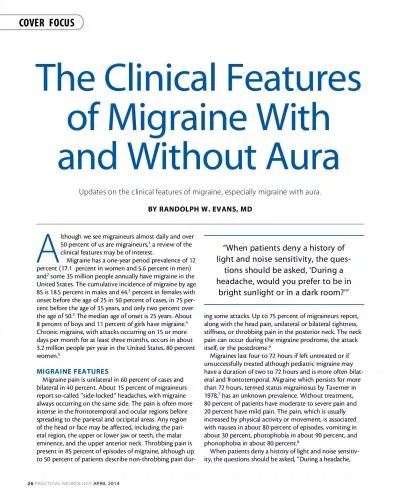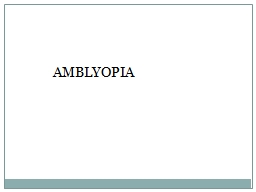PDF-Nineteen percent of persons70 years of ments Visual impairness in
Author : elena | Published Date : 2022-10-13
March 2001 Aging Trends CENTERS FOR DISEASE CONTROL AND PREVENTION Trends in Vision and Hearing Among Older AmericansThis new series of reports features information
Presentation Embed Code
Download Presentation
Download Presentation The PPT/PDF document "Nineteen percent of persons70 years of m..." is the property of its rightful owner. Permission is granted to download and print the materials on this website for personal, non-commercial use only, and to display it on your personal computer provided you do not modify the materials and that you retain all copyright notices contained in the materials. By downloading content from our website, you accept the terms of this agreement.
Nineteen percent of persons70 years of ments Visual impairness in: Transcript
Download Rules Of Document
"Nineteen percent of persons70 years of ments Visual impairness in"The content belongs to its owner. You may download and print it for personal use, without modification, and keep all copyright notices. By downloading, you agree to these terms.
Related Documents

